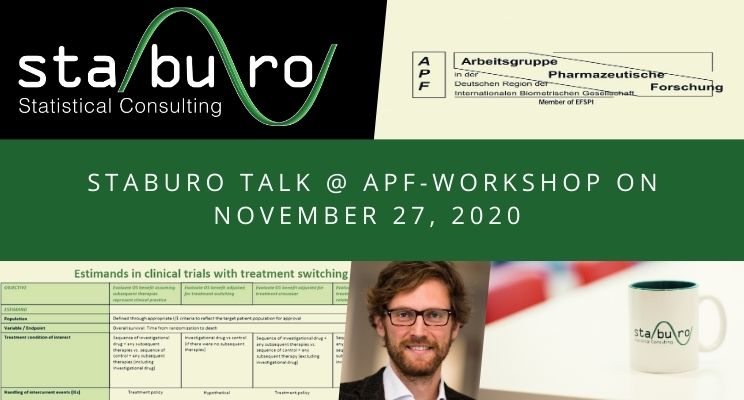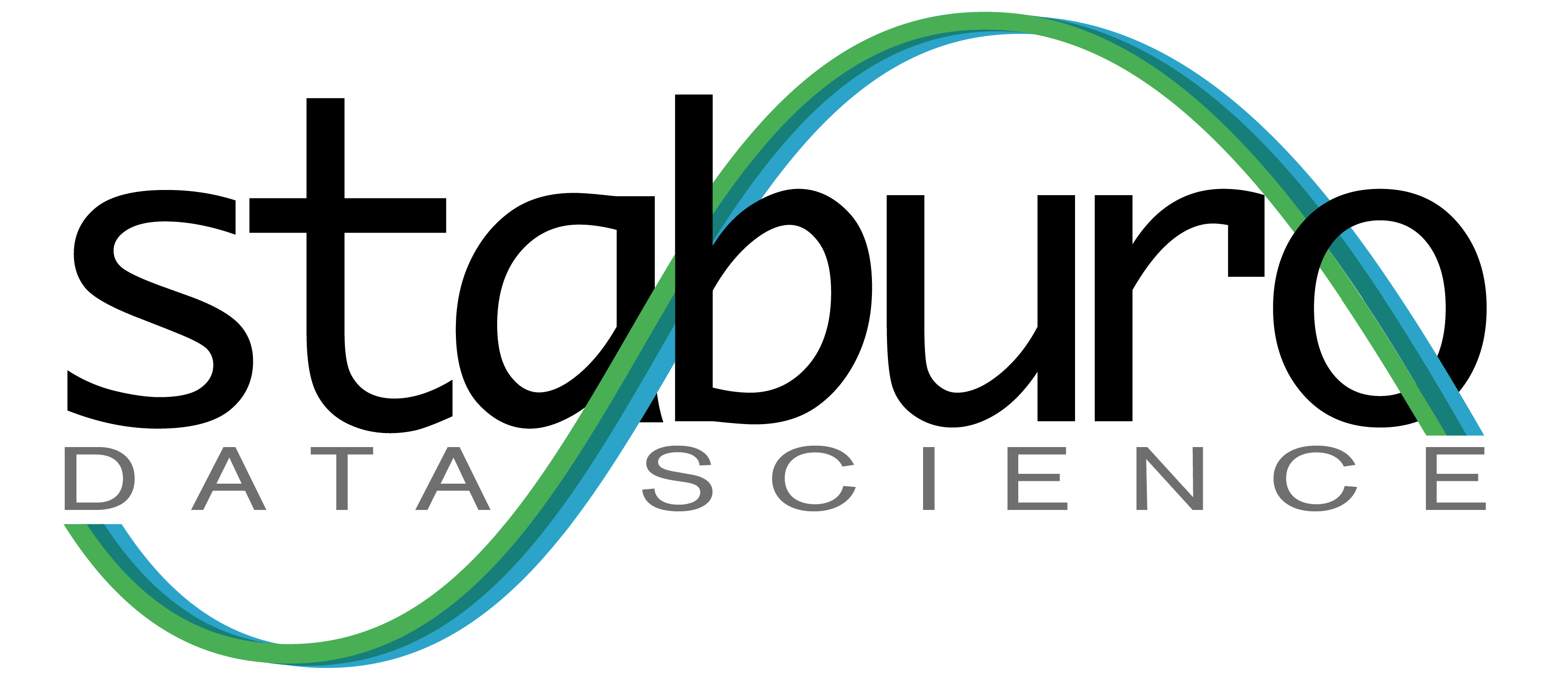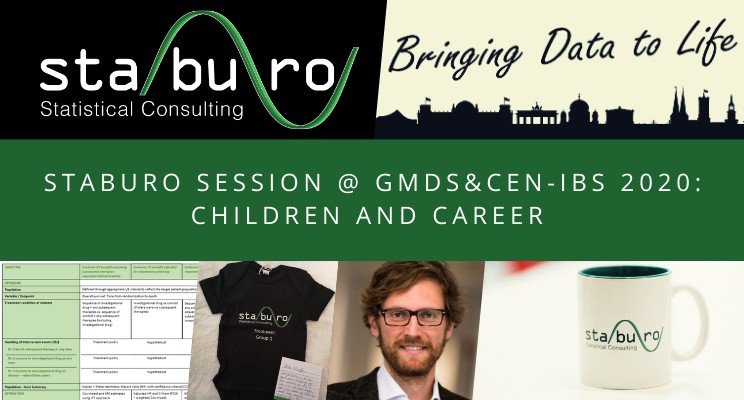
Staburo @ working group pharmaceutical research (APF) workshop
Staburo @ working group pharmaceutical research (APF) workshop
Staburo Managing Director Dr. Hannes Buchner will talk about “Estimands update: Summary of world-wide authority interaction” together with Kaspar Rufibach from Roche at the 74th Arbeitsgruppe Pharmazeutische Forschung (APF) workshop on November 27, 2020.
The current workshop will take place virtually on November 27, 2020, on the topic “COVID-19: Effects on statistics, methodological aspects and operational implications”. The current agenda can be found here: http://www.biometrische-gesellschaft.de/fileadmin/AG_Daten/PharamzeutischeForschung/PDFs/Agenda_APF_74_virtuell_Nov_2020.pdf
APF aims to establish contacts between biometricians working in pharmaceutical research and development, to accelerate the exchange of methods among colleagues and, if necessary, to develop new methods, as well as to transport mutual information on official regulations, methodological developments and scientific events.
Pre-registration for the workshop and for the virtual evening meeting is required and can be done here: http://www.biometrische-gesellschaft.de/fileadmin/AG_Daten/PharamzeutischeForschung/PDFs/Anmeldung_APF_Workshop_Nov2020_01.pdf
To register, please download the registration form, fill it out and follow the instructions in the document. Registration is requested by November 20, 2020.





Recent Comments